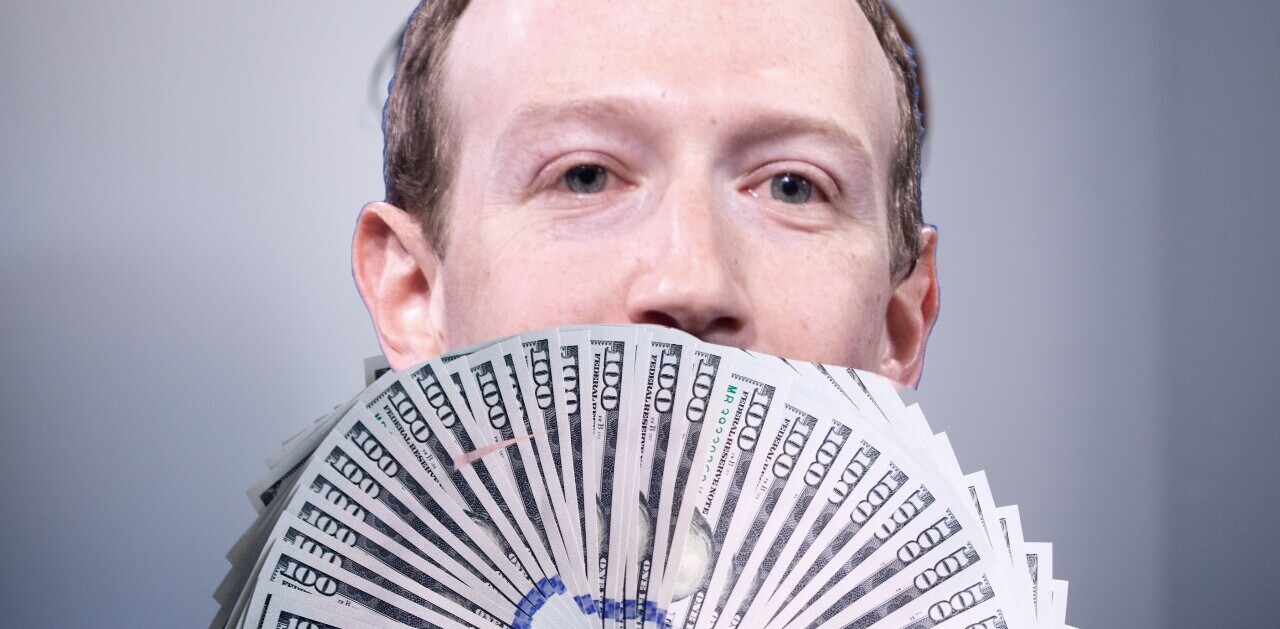
Starting your fundraising journey is an exhilarating process. You’ve nurtured the company, put the correct leadership team in place, and spent countless hours to ensure your company will succeed. But as that company grows, there comes a time when every CEO wonders if it’s time to seek outside funding.
The fundraising process is, without question, daunting. What if you don’t get the valuation you expected? What is the secret to the perfect pitch deck? And how can you be sure you’ve found your match?
Last year I went through this exact same thought process. The company was growing exceedingly quickly, but our leadership team knew that in order to capitalize on the market we needed an infusion of capital to scale as quickly as possible. So we jumped right in and spent the next few months taking meetings with the most reputable VCs across the country.
We knew the time was right, and I was confident in our company’s ability to succeed, but a small part of me wondered how the meetings would go. It is no secret that female-founded startups not focused on female customers have secured less than 2% of VC investment dollars since 2014.
Despite the odds, we raised one of the largest Series A funding rounds led by a female founder. Insight Partners was the lead investor. It was a natural fit – they understood our industry and we shared the same goals and values. But I learned a lot along the way.
I’ve synthesized my advice for other entrepreneurs about to embark on their first fundraising journey. I hope that my lessons learned will be useful, and perhaps prevent a hiccup or two along the way.
Don’t be so married to your plan that you ignore valuable counsel
You’ve developed your strategy, invested time and energy into the fundraising process and you’re devoted to bringing your plan to fruition. But reject the impulse to unwaveringly see it through if that means you’re ignoring sound advice that might make your company even more successful in the future.
In 2018 we had just spun Contentstack out of Built.io and were seeking Series A funding. But despite having solid customer traction prior to our restructure, we were still viewed as a new, unproven company.
Several reputable late-series VC firms gave us the advice to get some more traction and then come back. We shifted our intention to raise a Series A by instead doing a sizable seed round. This gave us the additional runway needed to raise a much more significant Series A round just one year later.
Customer references are precious — hold them close
We’ve worked diligently to cultivate strong relationships with our customers, being mindful that they are the lifeblood of any organization. So, during the fundraising process I was fortunate to have a stable of supportive customers who were willing to speak with investors on our behalf.
While the third-party validation was immeasurably powerful, in retrospect I wish I would have held these references a bit closer to the vest. References are busy people who have their own lives to focus on and should not be called upon more than necessary. Next time, I will require investors to get further along in their own diligence process before connecting them with any of our references — and I suggest you do the same.
View the fundraising process like dating
Don’t be so quick to swipe right. Do your due diligence on investors along the way. Talk to other portfolio company leaders about the firm and, specifically, the partner who may become a part of your board. Make sure the board member is someone you can be in a long-term relationship with.
During this journey, I can understand it’s easy to get discouraged when you are searching to find a VC partner but changing your perspective might make the process slightly less stressful. Have a list of attributes you are looking for — we were looking for VC partners with a good reputation, multi-stage reach, resources to help us grow and scale the business, and for the specific board partner in which we could see ourselves solving difficult problems together.
Then you have your first “date” and one party may think it went well and the other didn’t. That could be the last date, or it could have gone well enough for both sides to meet again. Then you start to build attachment or invest time into the relationship.
When it doesn’t work out, you deal with all of the normal questions like “Was it me?” or “Was it something I said?” or “What could I have done differently?” You will likely hear the dreaded phrase “It’s not you, it’s us” during these conversations. An important skill in this process is accepting rejection and accepting that something may look good on paper but, in reality, isn’t a great fit.
Focus on your list of “must-haves” in your VC partner
Streamline the fundraising process. First, create a list of your ideal top 10-20 VC candidates. But start pitching from the bottom of your list up so you get an opportunity to address objections and work through difficult questions in advance, before getting to your top candidates.
Prior to your first meeting, make sure you’ve decided on your dream outcome: the amount of the round, board composition details, and your desired valuation. This will help to more quickly weed out the players that may not be a fit.
In the end, your fundraising journey is exactly that. Yours. You may get a lot of conflicting advice, be compared to metrics and patterns from dissimilar companies and likely burden your team, customers, and partners with the process. But when the term sheets come in and a decision is made, the journey will have been worth the challenge.
Get the TNW newsletter
Get the most important tech news in your inbox each week.





